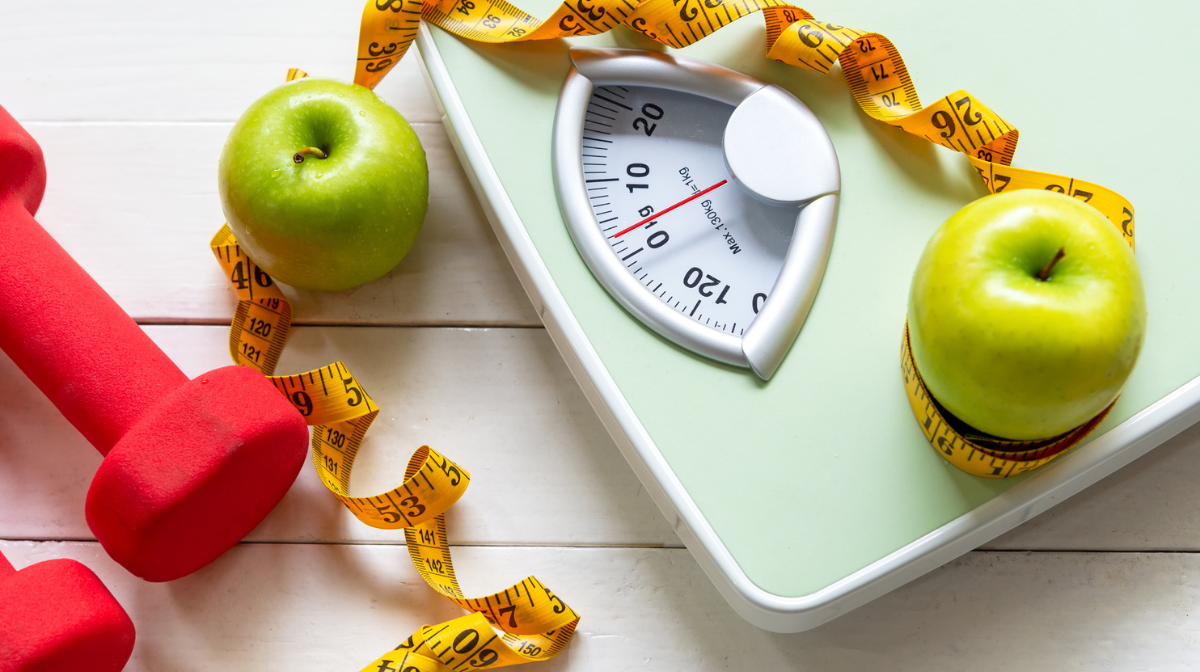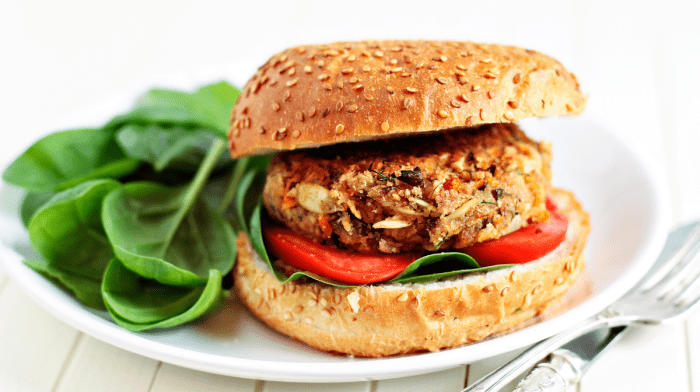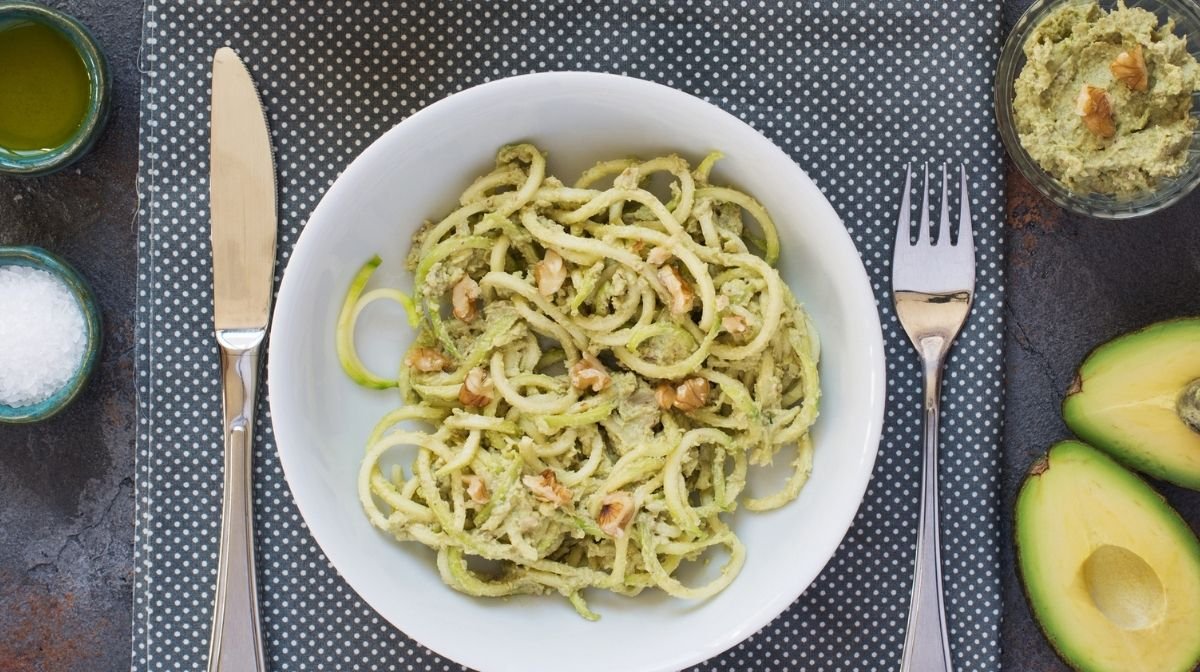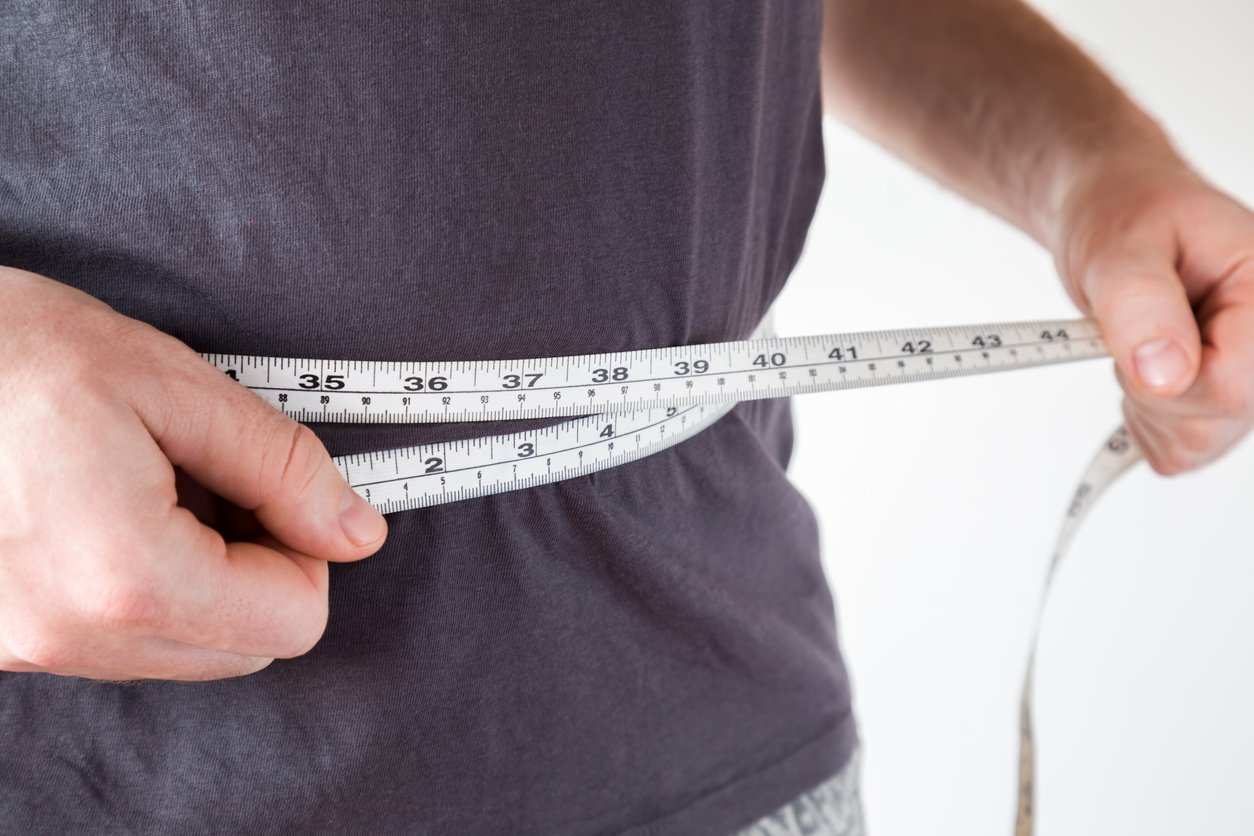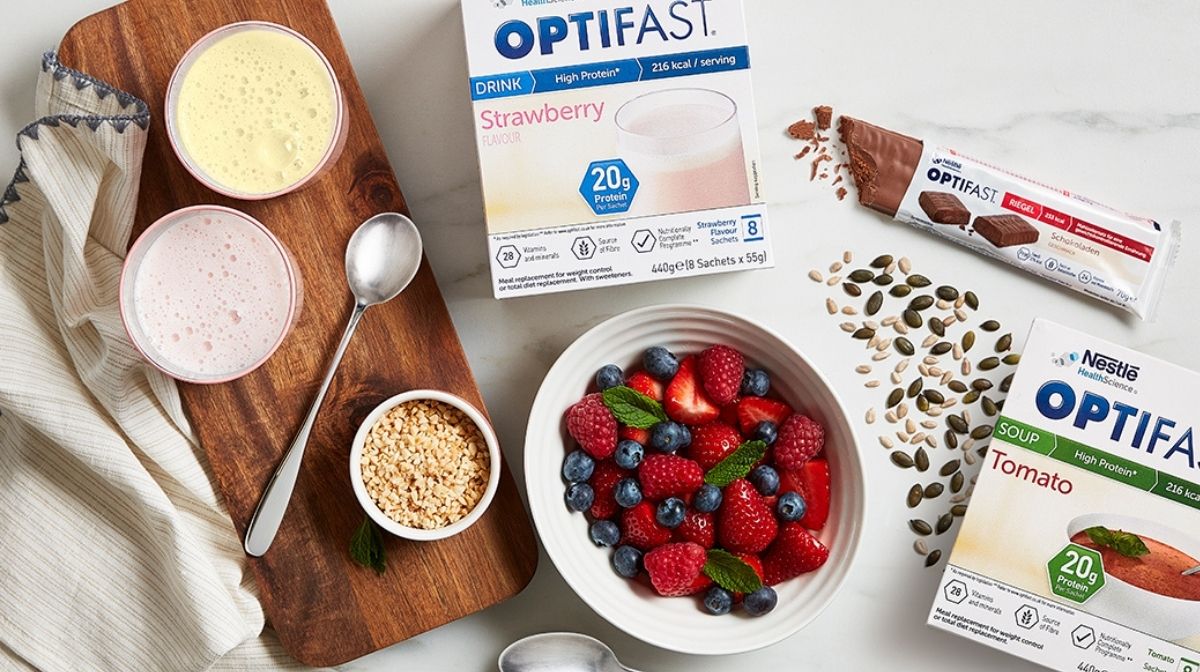A weight loss journey can be challenging and often comes in two key phases: losing the weight and maintaining it.
While achieving your goals is an amazing milestone, it’s also an investment of your time and energy, so it is important to implement realistic changes to both your diet and lifestyle that are sustainable.
Our recommendations can help to ensure you lose weight and keep it off too.
What to Eat to Lose Weight
When it comes to food, weight loss doesn’t mean cutting food groups out – a balanced diet will make it much easier to sustain your weight loss long-term.
When it comes to understanding all of the different food groups and their functions, it can be a little overwhelming. Our recommendations will provide you with a bit of insight into some of the best ways to enjoy a healthy weight loss diet while incorporating some of your favourite foods.
Vegetables
Vegetables are a good source of vitamins and minerals needed for a healthy diet. We recommend aiming for two or more portions of vegetables in a main meal, one portion is approximately 80g. To put this into context, this figure is equivalent to eight florets of broccoli.
Protein
Protein supports muscle and bone strength as well as helping you to stay full. This food group is more satiating than carbs and fats and is thought to regulate ghrelin (the hunger hormone).
Always include some protein in each meal, whether you opt for meat or alternatives such as beans, pulses, fish or eggs, you should aim to consume a minimum of 0.56 grams per kilogram of bodyweight per day, but those who are more active should look to consume more, up to 2 grams per kilogram. If you’re counting calories, a good rule of thumb is to ensure that between 10%-35% of your daily intake is from protein.
Carbohydrates
Carbs often have a bad reputation, but they’re an important macronutrient that provides vital energy needed to get through the day. When you consume carbohydrates, they are broken down by the body into glucose, which is then converted into the energy required for the body to function, as well as for physical activity.
Instead of restricting carbohydrate intake, focus on incorporating quality, minimally processed sources into your diet. Potatoes, bread, rice or pasta should make up a third of your meal and we’d recommend opting for wholegrain versions where possible, as they are less refined.
Fish
Fish is a nutritious, high-protein option that provides you with vital nutrients.
For those who eat fish, two portions a week is optimal. At least one portion should be oily fish like sardines or salmon, as they are good sources of omega-3 fatty acids, which have been linked to a reduction in cortisol and inflammation, so may have a positive impact on your weight loss efforts.
Dairy
Dairy products such as milk and yoghurt are good sources of calcium and other vital nutrients.
We recommend opting for lower-fat and lower-sugar alternatives, such as plain Greek yoghurt, as these are minimally processed. As dairy products are generally higher in fat, it’s wise to keep an eye on your intake – especially as fats contain 9 calories per gram, versus 4 calories per gram for carbohydrates and protein.
Oils and Spreads
Any oils used when cooking should be unsaturated, such as olive, sunflower and rapeseed oils. Replacing saturated fats with unsaturated fats is thought to be linked to a lower risk of heart disease.
Also, be mindful when opting for spreads and select a lower-fat option instead. As with dairy, we recommend eating these in smaller amounts.
Water
Drink six to eight cups of fluid a day. Whether it’s water, tea, shakes or even soup, they all contribute to keeping your body hydrated.
There are many benefits of water, from supporting the digestive system to its ability to transport minerals and nutrients around the body – it is, perhaps, one of the most important elements of anyone’s diet.
Expert Tip: Find a glass of water too dull? Why not add slices of lemon or lime for more flavour.
Our Top Three Healthy Diet Tips
If you’re looking to change your eating habits for a healthier diet, we have got three quick tips that will help you with your food choices throughout your weight loss journey:
- Read food labels – products are rated for their fat, sugar and salt content. With a quick glance at the label, you can quickly identify if the meal will help you achieve your goals. A green rating often indicates low levels, whereas amber and red ratings mean medium or high respectively. This is not an indication of whether a food should be avoided, instead it is a good idea to be mindful with your food choices and opt for a balanced approach.
- Avoid distractions – eating while watching the television or participating in other activities can distract from mealtimes, meaning you may eat too much or too fast. Make time to enjoy your food and savour mealtimes.
- Self-serve – serve your own portions, it is important to self-serve or even prepare your own meals to help control your intake. This is especially important if you live with other people and you’re the only member of the household wanting to lose weight.
Expert Tip: Why not opt for a smaller plate, this can be a great trick to feel like you are enjoying a more abundant portion size.
Lifestyle Changes to Lose Weight
Weight loss is often more sustainable when dietary changes are made in conjunction with a few simple lifestyle changes.
Exercise may be able to accelerate your results, as movement is known to increase your basal metabolic rate (BMR). This is especially true for those who do resistance training, because muscle mass takes more energy to maintain, meaning your body will naturally burn more at rest.
Along with the technical aspects of exercise, any form of activity can help to increase energy and mood, which are both essential to stay focused and motivated to achieve your goals.
Easy Exercises to Lose Weight
Depending on your prior experience with exercise, you might want to build up your strength and stamina by starting with mild to moderate activities before throwing yourself into an intense regime.
A moderate-intensity aerobic activity is anything that gets your heart beating faster, such as walking, cycling, or swimming – all of which help you to burn calories, contributing towards an energy deficit.
It’s also advisable to try and incorporate resistance exercises, like squats, push-ups and shoulder or chest presses into your regime as this can increase your muscle mass, resulting in a higher BMR.
Expert Tip: Weights and resistance bands will increase the exercise intensity and help to increase muscle strength.
Once you are more comfortable, participate in activities like running or high-intensity fitness classes to increase your energy expenditure.
How Long Does It Take to Lose Weight?
This question is a tough one to answer, as weight loss can be dependent on many different factors, including:
- Diet adherence
- Physical activity
- Family history and genes
- Gender
- Age
- Specific medications
- Metabolic rate
- Sleep
If you are looking for a more specific time frame, it is suggested that a healthy weight loss target is approximately 1lbs to 2lbs, or 0.5kg to 1kg, a week. However, everyone’s weight loss journey is unique and will go at different speeds, so move at a pace that suits you.
What is a Calorie Deficit?
A calorie deficit doesn’t mean cutting foods out, a deficit is a calorie intake that is less than the amount you expend each day.
Your energy requirements can differ from day to day, therefore, sticking to the same number of calories each day can lead to an unstable weight loss journey. Instead, it’s advisable to look at your calories as a weekly view, consuming slightly more on the days when you’re more active and reducing the number on more sedentary days. That way, your overall deficit for the week should balance out.
For weight maintenance, your energy intake (calories) needs to equal the energy out:
- Energy in (calories) is less than energy out = weight loss.
- Energy in is equal to energy out = maintenance.
- Energy in is greater than energy out = weight gain.
So, if you’re wondering ‘what should my calorie deficit be?’, your first step should be to calculate your total daily energy expenditure (TDEE).
What is Your TDEE?
Your TDEE is an estimated figure to help you determine how many calories your body burns each day, taking into consideration four major contributing factors: your basal metabolic rate (BMR), your activity level, non-exercise activity thermogenesis (NEAT) and the thermic effect of food (TEF).
There are plenty of calculators to help you work out your TDEE.
Want to know how to track your daily calorie intake? Discover more information here:

How to Track Your Daily Calorie Intake
Learn how to track your calorie intake to help keep your weight loss journey on track.
How to Maintain Weight After Weight Loss
The maintenance phase is, arguably, the most important stage of weight loss, but also the most misunderstood.
It is impossible to adhere to a calorie deficit indefinitely, as rigid calorie allowances don’t factor in the hustle and bustle of everyday life – this is why for weight maintenance, your calorie intake should be equal to your TDEE.
Additionally, your body can eventually adapt to a lower calorie intake to help maintain homeostasis and may even increase the production of hunger hormones if it’s not getting enough energy to function optimally. It may do this by reducing your NEAT, meaning you may inadvertently fidget less in order to conserve energy.
Once you have reached your goals, you have hit a plateau or you have been in a calorie deficit for 12 weeks – whichever comes first – it is a good idea to reverse diet.
This can help you get your calories up to maintenance without making drastic changes that may cause weight gain. In the case of a diet break, it can help to give your body a rest from being in a deficit to avoid metabolic adaptations and reduce the psychological impact of restricted calories.
What is a Reverse Diet?
A reverse diet is a strategy that is often adopted by people who have been in a calorie deficit to gradually increase their calories up to maintenance while avoiding rapid weight regain.
How to Reverse Diet
Reverse dieting involves increasing your calorie intake in small increments each week. Depending on how aggressive the calorie deficit was and the reason for the reverse diet, most people opt to increase their daily calories by 50-100 each week until they have reached maintenance levels.
This may mean adding an extra half tablespoon of peanut butter to your morning smoothie or an extra 10 grams of oats to your morning porridge.
It’s advisable to start at the lower end of the range to start with to see how your body responds. If your measurements remain stable, then you may wish to move towards the higher end of the range the following week.
Maintaining a healthy diet is one of the most effective ways to lose weight and keep it off. With small, manageable tweaks to your food choices and eating habits, it will be much more comfortable to sustain your weight loss moving forward.
Discover more advice and inspiration on our blog.
